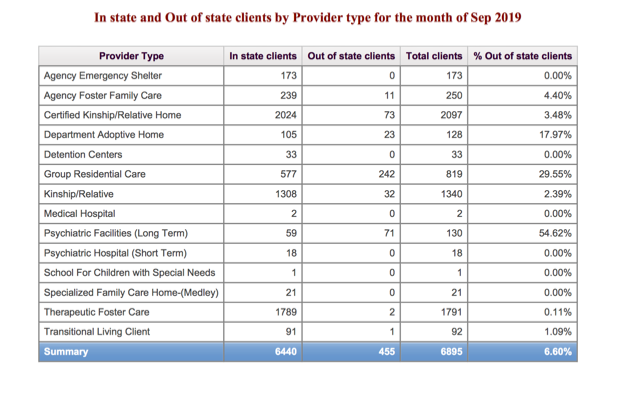The West Virginia Foster, Adoptive, & Kinship Parents Network released a survey recently for all foster parents in partnership with Marshall University and WV’s DHHR– but are they leaving out an important voice?
With the lawsuit against the DHHR from earlier this month still gaining traction online, it comes as no surprise that many kinship caregivers and foster parents have some issues with the current state of the system.
In recognition of this, the West Virginia Foster, Adoptive, & Kinship Parents Network, an organization that advocates on behalf of foster families across the state, developed a survey for kinship caregivers and foster parents to discuss where they feel the system is effective or lacking.
According to an article published by the Herald Dispatch by Taylor Stuck, the results will be analyzed by West Virginia Legislature and officials in the judicial system, as well as others involved with child welfare.
However, the survey leaves out some important voices such as the feelings of CPS workers, those at the DHHR, and as pointed out by one Twitter user, the children themselves.
For now, I think that focusing on the perspective of parents could be very useful for the state of West Virginia, as they continue to have limited resources to work with. Below is a map of all of the recourse centers, non-profits, group homes, and other services for foster parents in WV.










